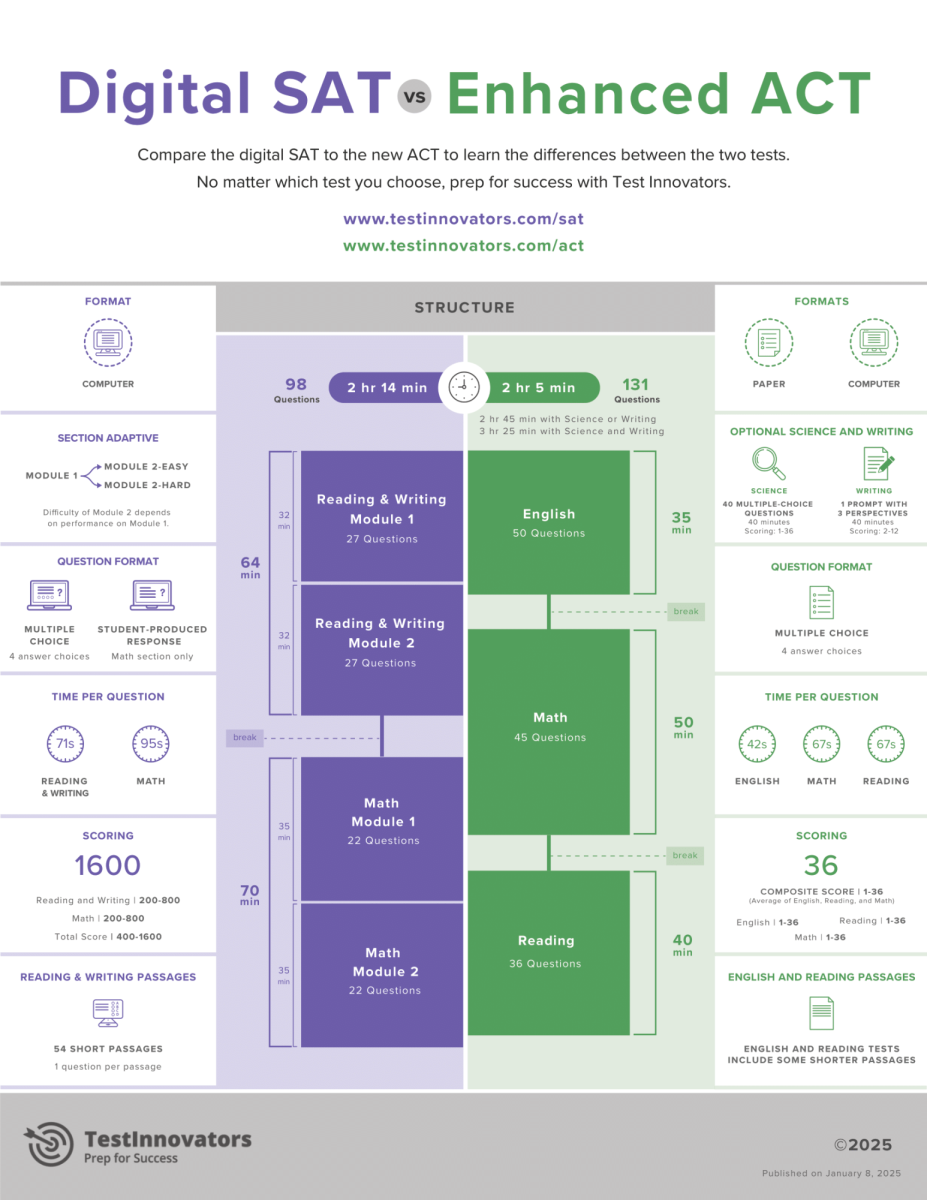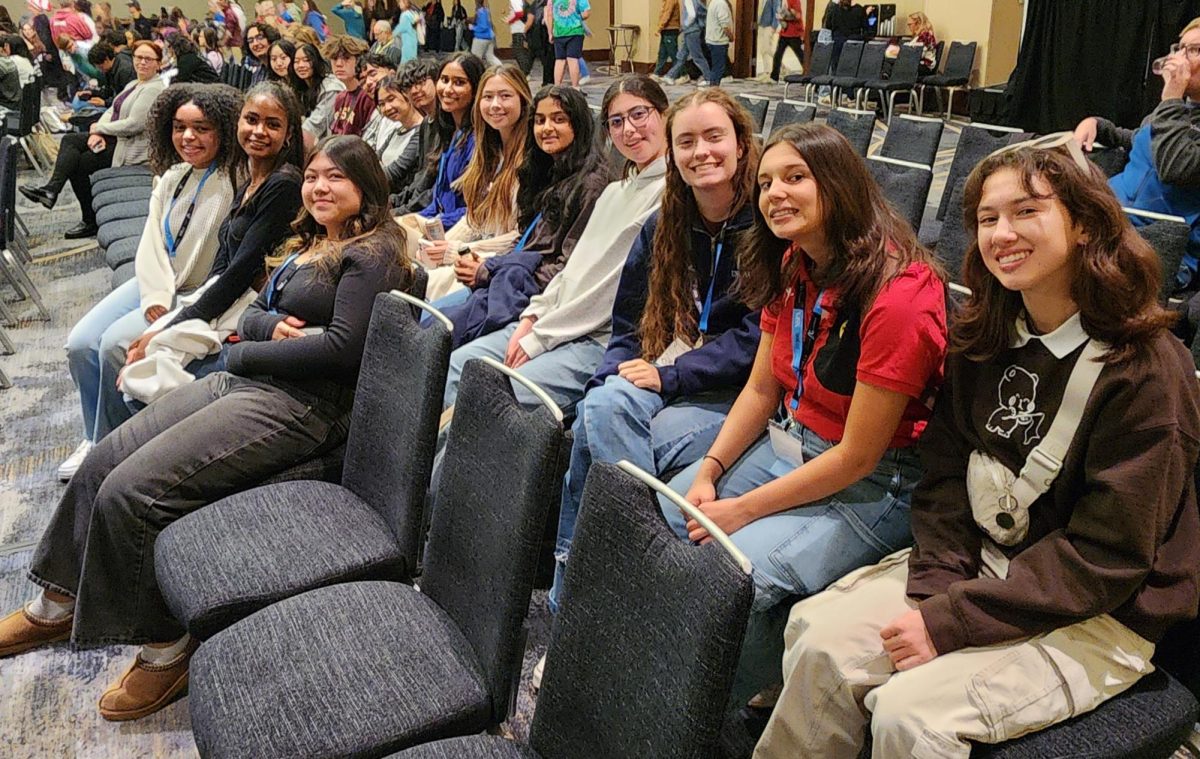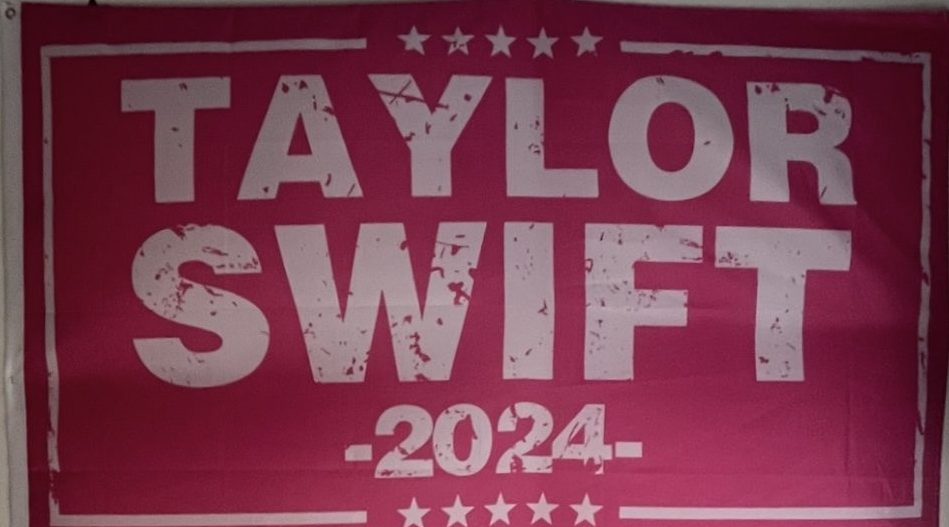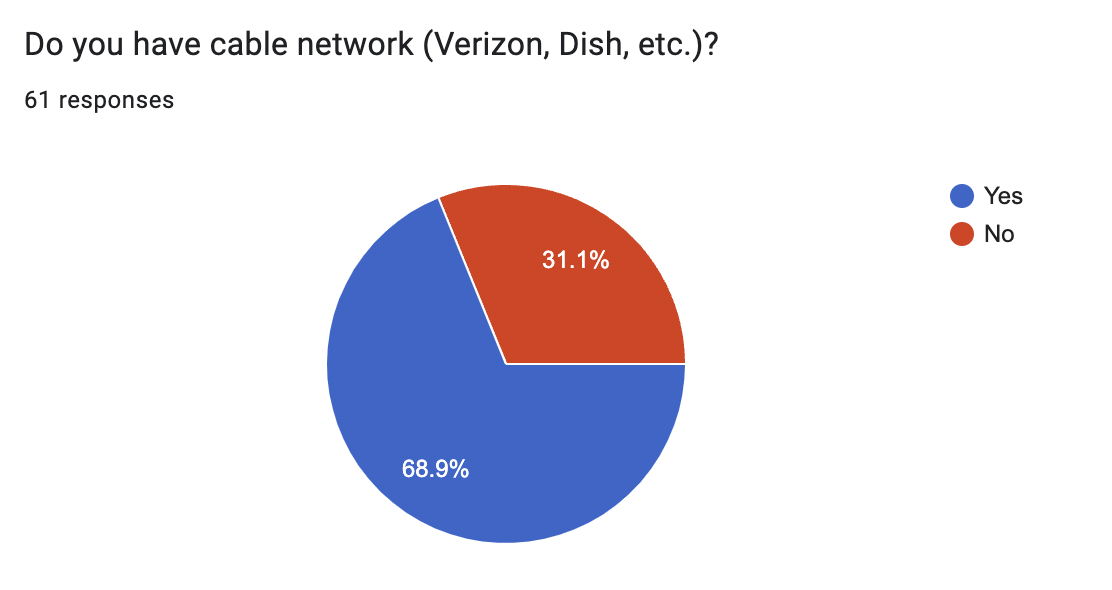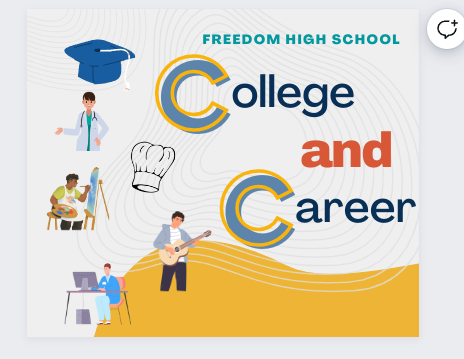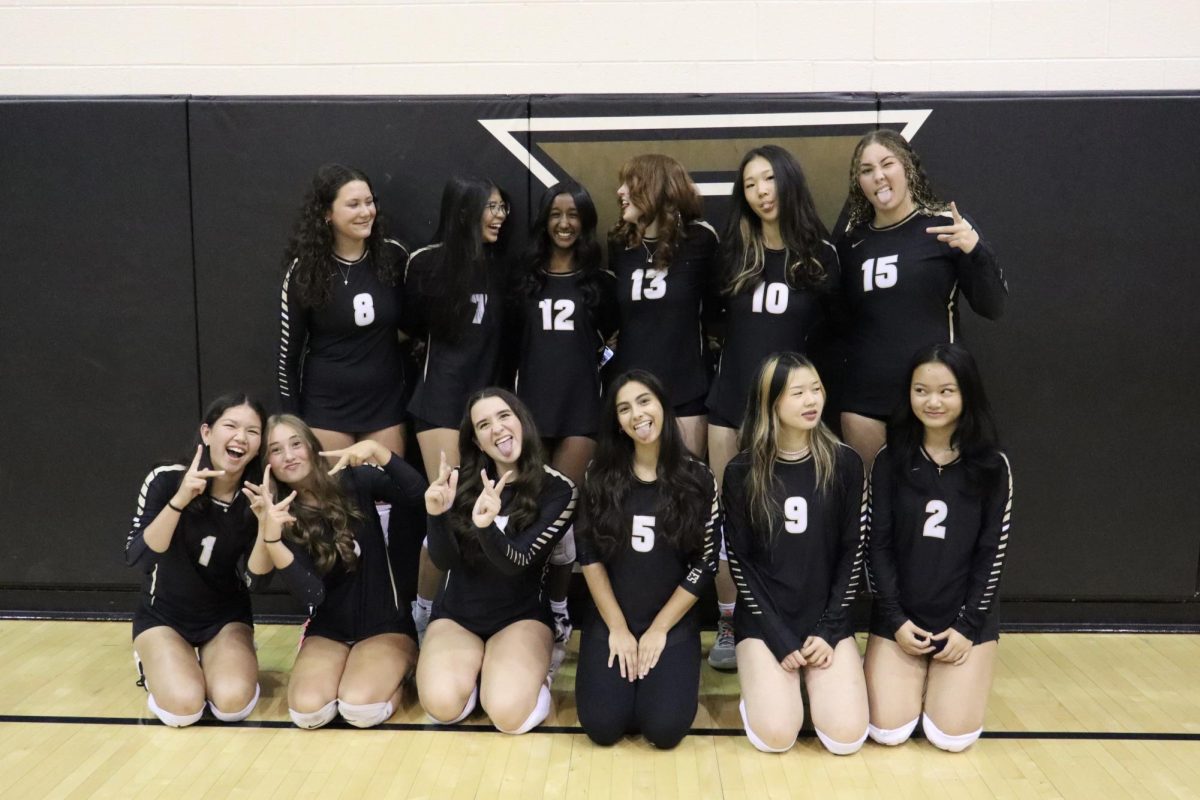Affirmative action has long been a divisive issue, so let me spare both of us some time by not going through its history. The root of the issue that has sparked debate lies in the idea that less qualified (minority) students are being accepted into elite universities at the expense of more qualified Asian and Caucasian students so that these institutions can build a more diverse student population. Whether this sentiment is actually based on fact has been questioned, but nevertheless, it has divided America. Despite this, affirmative action policies were never really challenged due to Grutter v. Bollinger, the 2003 Supreme Court case which upheld the use of race as a factor in the college admissions process.
Recently, however, the future of affirmative action in college admissions has been cast under doubt as a result of the Students For Fair Admissions v. Harvard University case, which ended its first week of debate on Saturday, Oct. 20. While this case claims to focus on discriminatory practices against Asian applicants, it cites policies that clearly aim to increase African-American and Latino populations on college campuses. Regardless of your views on affirmative action, it is indisputable that the result of this case could change the future of the admissions process for all students. This case could answer the question of if affirmative action has a place in this day and age. Essentially, should affirmative action still exist?
My short answer is yes. Affirmative action policies are in place due to America’s history of oppressing minority groups. The policies were put in place so historically disenfranchised groups could finally have a head start in the race for admissions after centuries of not even being able to be on the starting block. It was put in place so that people from these backgrounds could get an education and return to better their communities. Assisting people from these backgrounds not only helps them, their families and communities, but it also betters America as a whole when more people are given the chance to prosper. With affirmative action gone, minorities could see that opportunity taken away from them all at once. People predict that without affirmative action Harvard could see the percentage African-American and Latino students drop by as much as 50 percent (National Center for Education Statistics). While this example is at the pinnacle of education, similar trends have appeared at lower ranked schools as well.
Something else to note if you are not a minority: affirmative action benefits you too. It allows people of more diverse backgrounds and perspectives to contribute to discussions, bettering everyone’s education.
With all of that being said, however, affirmative action is not perfect. There are Asian students who come from poor backgrounds who are being hurt as a result of race being a factor in admissions. This is where reforms could come in. Race-blind admission policies are not an effective solution because they ignore how minority groups have been treated in the US. Socio-economic affirmative action policies are still being experimented with, and if successful, they could still allow for racial diversity on college campuses to be achieved while helping those who need it the most. However, socio-economic-based policies come with their own set of challenges, such as where the threshold should be for people to no longer require the benefits of affirmative action.
Affirmative action will take time to get right, and so what is in place now might not be the perfect system, but at least it is attempting to fix the problem by helping groups who have been deprived of quality education throughout America’s history. So let’s change the conversation from whether affirmative action should still exist to how we should fix it.





